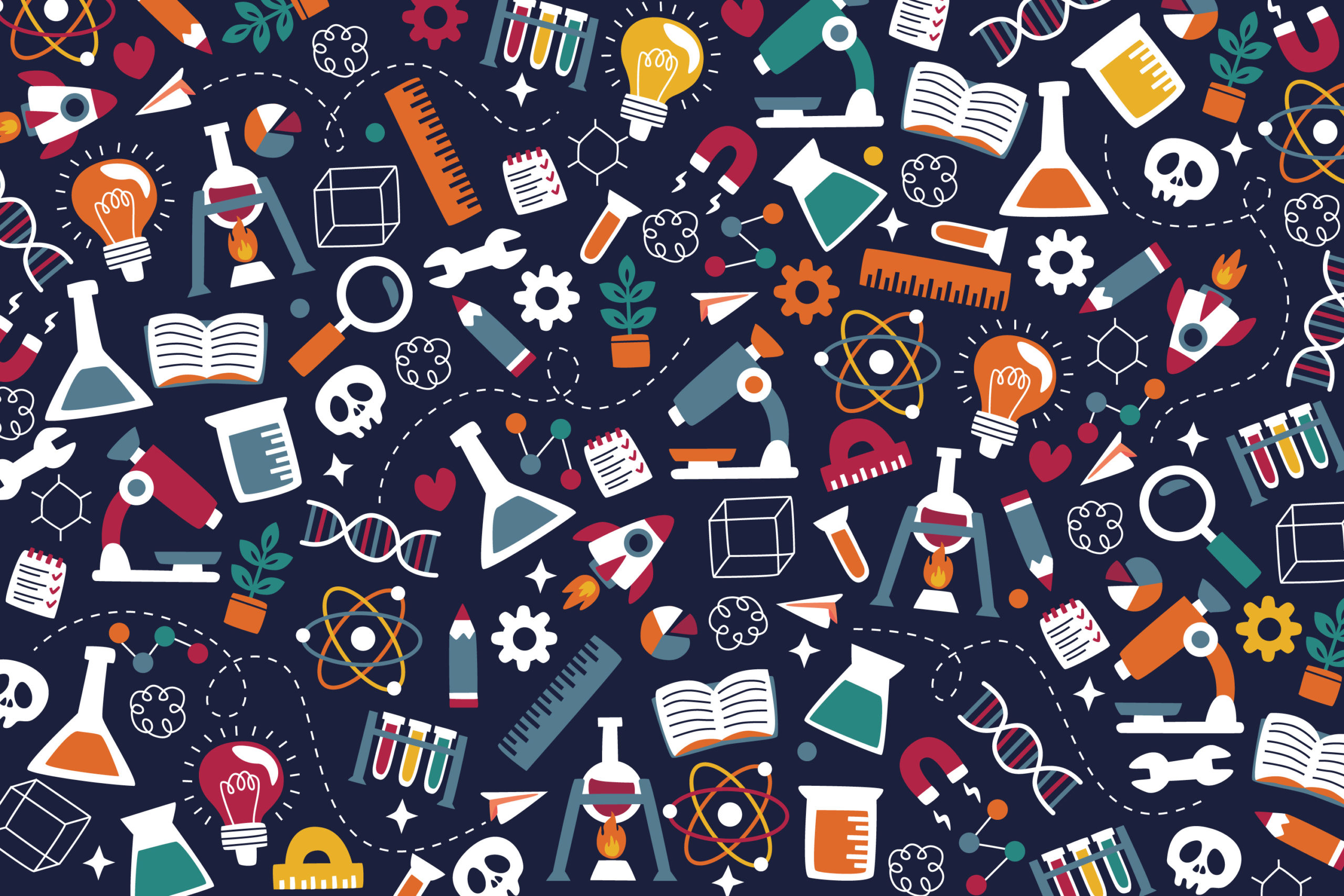Defining STEM
The term STEM includes Science, Technology, Engineering, and Math and has been used since the early 1990s. Nowadays, it is widely across various fields or practices which involve one or more STEM disciplines (Zayyad, 2019). Improving students achievement in STEM subjects has increasingly been put on the national education agenda all over Europe, and the recovery from the Covid-19 pandemic, green and digital transition have further increased the need for STEM skills across Europe. In addition, STEM education represents a foundation of innovation in today’s society, where scientific and technological innovations are increasing every day. Thus, STEM fields make significant contributions to our everyday life (Spektor-Levy & Yifrach, 2019). Beyond the content of individual disciplines, STEM education also emphasises the collaborative approach to learning which enables students to develop skills needed for their future (Green, 2014). Therefore, it is of great importance for students to learn and engage in STEM education (Myers, 2020).
Inclusive STEM education
According to Spektor-Levy and Yifrach (2019), some studies suggest that teachers have identified STEM subjects as the most suitable ones for students with some learning disorders. STEM subjects are often appreciated by primary school students since they are naturally curious and want to understand the world around them. However, despite the increased national focus on STEM, students with disabilities and SLDs are underrepresented in STEM education and in STEM professions later in life (Moon et. al., 2021, Basham & Marino, 2013).
In STEM subjects, students need to understand new scientific and technical terminology, which has to be read, remembered and produced (Institute of Physics, 2013). According to Basham and Marino (2013), in order to be successful in STEM education, students need to be able to move above low-level cognitive tasks and enable high-order thinking skills. Although students with SLDs generally have average or above average intelligence, many of them face challenges in demonstrating their knowledge and have difficulty implementing academic skills and complex functions, such as inductive and deductive thinking linked with scientific reasoning (Spektor-Levy & Yifrach, 2019). Therefore, STEM subjects can be complex for students with SLDs especially since teaching methods are not well adapted. According to Green (2014), for students with SLDs, the way in which STEM concepts and subjects are taught present challenges in learning, not the scientific concepts themselves.
Providing students with SLDs access to STEM education and adapt the teaching methods is necessary to ensure they take part in STEM education as students without SLDs. It is essential to mention that once effective teaching methods are applied and adjustments are made, students with SLDs can achieve the same levels in STEM subjects as other students (Green, 2014; Spektor-Levy & Yifrach, 2019).
In general, STEM subjects consist of social and practical elements that can address topics that are relevant to the students. This relevance can enhance the motivation for learning for all students (Spektor-Levy & Yifrach, 2019). In addition, learning STEM subjects may contribute to the development of self-confidence and self-efficacy of the students with SLDs (Spektor-Levy & Yifrach, 2019). Moreover, enquiry based learning in STEM subjects is particularly suitable for students with SLDs as it provides an opportunity for hands-on learning, interaction and collaboration with peers and exploration of scientific phenomena.
What do we do in TutoDys?
In TutoDys, we are currently working on the STEM module which aims to develop inclusive and adapted exercises. The exercises will be interactive and include elements of gamification to increase the learners’ motivation. The students will be able to follow various learning paths with many exercises for each grade, divided by topic and level of difficulty. The topics covered in this module will focus on mathematics and science, including counting, geometry, time conversion, the solar system, the climate, the human body and many more. The objective of this module is to encourage children with SLDs to practice and engage in STEM education.
To follow the progress of project results and learn more, follow our official website https://tutodys.eu/ and stay tuned for more information!
Sources:
Basham, J. D., & Marino, M. T. (2013). Understanding STEM education and supporting students through universal design for learning. Teaching exceptional children, 45(4), 8-15.
Green, S. L. (2014). STEM Education: Strategies for teaching learners with special needs. Nova Science Publisher’s, Incorporated.
Institute of Physics (2013) Supporting STEM students with dyslexia. A good practice guide for academic staff. Available at: http://www.learningsupportcentre.com/wp-content/uploads/2014/10/Supporting-dyslexia-in-STEM.pdf
Moon, N. W., Todd, R. L., Morton, D. L., & Ivey, E. (2012). Accommodating students with disabilities in science, technology, engineering, and mathematics (STEM). Atlanta, GA: Center for Assistive Technology and Environmental Access, Georgia Institute of Technology, 8-21.
Myers, H. (2020, December 3) Students with Learning Disabilities and STEM: Access is important. Ozobot. https://ozobot.com/blog/students-with-learning-disabilities-and-stem-access-is-important
Spektor-Levy, O., & Yifrach, M. (2019). If science teachers are positively inclined toward inclusive education, why is it so difficult?. Research in Science Education, 49(3), 737-766.
Zayyad, M. (2019). STEAM Education for students with specific learning disorders. Research highlights in education and science, 31-42.

Project website : https://tutodys.eu
![]() Follow the project on Facebook: @Logopsycom
Follow the project on Facebook: @Logopsycom
#TutoDYS #accessibilité #erasmusplusproject
Our partners in this ambitious project are EDULOG (France), Euphoria (Italie), Les Apprimeurs (France), DABG (Sdruzhenie “Asociacia Dyslexia – Bulgarie) et Josip Matos PS (OSNOVNA SKOLA JOSIPA MATOSA – Croatie).

